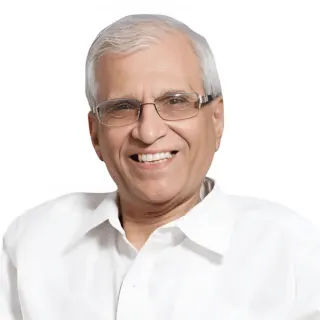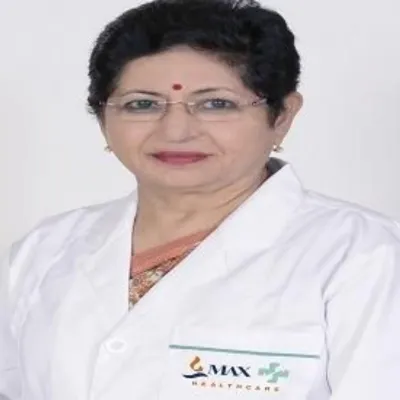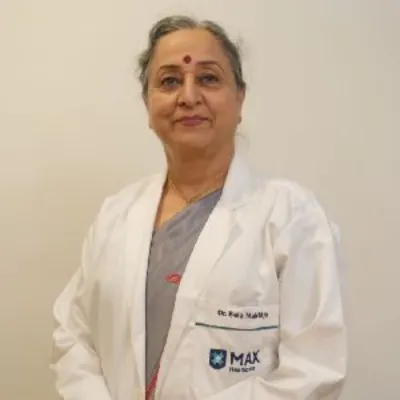Best Orthopedic Surgeons in Artemis Hospital Gurgaon
 17 December,2025
Read More
17 December,2025
Read More
Enquire now in case of any assistance needed
 02 April,2025
02 April,2025
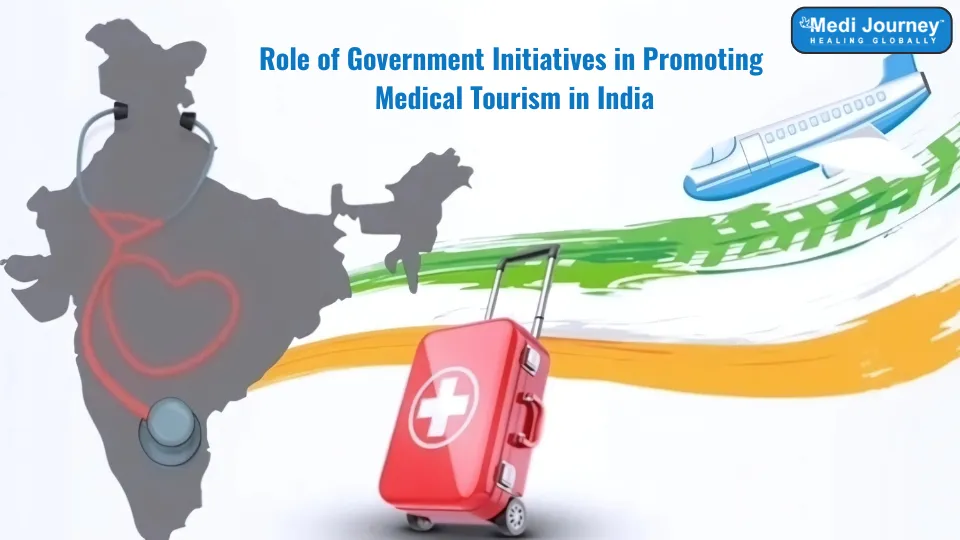
India has quickly emerged as a medical tourism hub, attracting thousands of foreign patients every year. According to the India Brand Equity Foundation (IBEF), the market for medical tourism in India was worth USD 5-6 billion in 2019 and is expected to grow to USD 13 billion by 2026.
The Indian government has played a crucial role in nurturing this development through focused policies, efficient visa procedures, and investment in healthcare infrastructure. According to Prime Minister Narendra Modi, "India has become the 'pharmacy of the world' and is also emerging as a preferred destination for medical treatment." These focused efforts have not only enhanced India's image in the international healthcare industry but also significantly boosted economic development.
This blog discusses the various government initiatives that have made India a popular destination for medical tourism.
Fill up the form and get assured assitance within 24 hrs!
Medical tourism involves travelling across international borders to seek medical care, usually for cost benefits, better healthcare facilities, or reduced waiting times. India has become a medical tourism destination because of its well-equipped hospitals, exceptionally skilled physicians, and affordability compared with countries in the West. Cardiology, orthopaedics, neurology, oncology, and organ transplantation are some of the most popular speciality treatments.
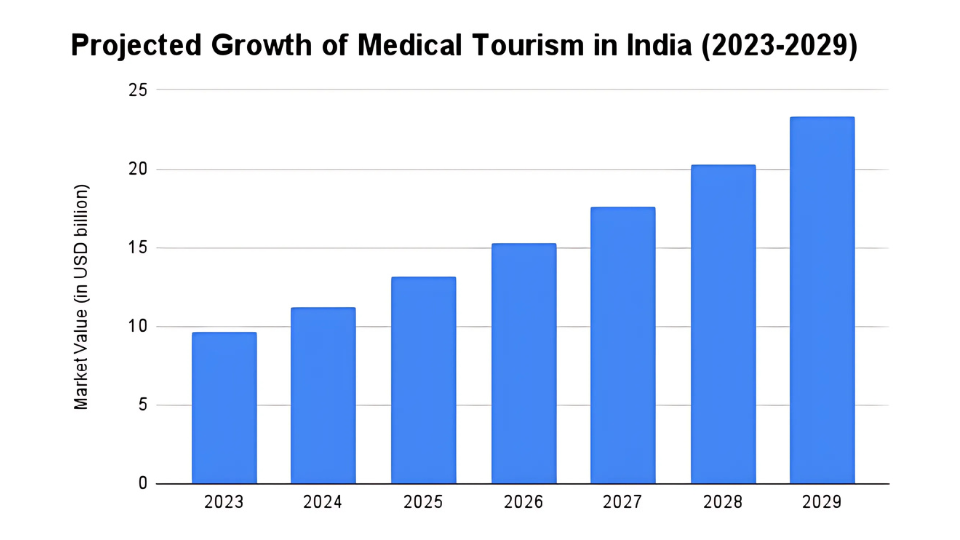
The government of India has undertaken various measures to enhance its position as an international medical tourism destination. These actions aim to make medical care in India more accessible, affordable, and high-quality for foreign patients. From the ease of obtaining medical visas to investing in state-of-the-art medical facilities, all these actions have significantly contributed to the growth of medical tourism in India.
The government of India has facilitated the visa procedure for medical tourists by issuing Medical Visas (M-Visas) and e-medical Visas. These visas allow foreign patients and their companions to come to the country for easy treatment. The advantages of visas are that they enable multiple entries, long duration of stay, and convenient renewal. Further, the Ayush Visa has also been issued separately for those who want traditional modes of treatment like Ayurveda, Yoga, Unani, Siddha, and Homeopathy (AYUSH).
The Ayushman Bharat program, a government flagship program, has transformed the health sector. Although its main focus is to offer access to healthcare to economically weaker sections, its improvement in infrastructure has indirectly benefited international patients. Numerous private hospitals that are part of the program have improved their facilities to international standards, enhancing foreign patient inflow.
Public-private partnerships (PPPs) have also enhanced the healthcare ecosystem by promoting investment in hospital facilities, medical research, and training, making India a destination of choice for medical tourists.
The Indian government established the National Medical and Wellness Tourism Promotion Board to provide a systematic framework for medical tourism. The board works with healthcare centres, travel agencies, and hospitality services to improve the experience for medical tourists. It plays an important role in policy-making, global branding, and promoting India's medical tourism potential.
India's rich heritage in traditional medicine systems like Ayurveda, Yoga, Unani, Siddha, and Homeopathy (AYUSH) has become internationally renowned. The government encourages these treatments through the Ministry of AYUSH, which not only regulates quality control and certification but also conducts global awareness drives. Opening AYUSH hospitals and wellness centres within India has given international patients access to alternative and holistic healthcare options.
Substantial investment in healthcare infrastructure has turned India into a medical tourism giant. Efforts to build world-class hospitals with cutting-edge medical equipment have enhanced the nation's capacity to accommodate foreign patients. Programs like the National Digital Health Mission (NDHM) have subsequently digitised patient data handling, telemedicine, and remote consultations, facilitating easy access for foreign patients to consult for initial medical advice prior to journeying to India.
The state, in collaboration with healthcare centres, makes the healthcare services offered in India remain affordable without impacting quality. Agencies like the National Accreditation Board for Hospitals & Healthcare Providers (NABH) and Joint Commission International (JCI) accredit the hospitals that match international standards. This increases Indian hospitals' credibility and makes sure that international patients are confident of the quality.
India actively participates in international healthcare summits, trade expos, and fairs to promote its medical capability. Government-sponsored campaigns like "Incredible India" and "Heal in India" market medical tourism by advertising India's state-of-the-art healthcare facilities and wellness tourism. These efforts have boosted India's position in the international medical tourism sector.
To make the experience of medical tourists even better, the Indian government has established specific facilitation centres and helplines to support patients. These centres offer important information regarding hospitals, treatment processes, visa help, lodging, and language assistance. Furthermore, multilingual helplines assist in answering questions and complaints, making the medical experience for foreign patients smooth and hassle-free.
India is fast becoming a world leader in medical tourism, with thousands of foreign patients availing of quality, affordable treatment annually. Among the most significant benefits of medical tourism is the income it brings, which is being utilised to enhance healthcare infrastructure. With a consistent flow of foreign patients, hospitals are witnessing growth and expansion.
Medical tourism has been attracting patients from around the globe to India, resulting in an increasing demand for healthcare professionals. To accommodate foreign patients, more specialists, nurses, and multilingual administrative staff are needed. Additionally, support industries such as interpretation services, hospitality, and medical logistics are witnessing job growth, making medical tourism a catalyst for overall economic growth.
As more than 6,00,000 foreign patients visit India each year, the government's efforts to boost medical tourism are critical. Initiatives like exempting 36 life-saving medicines from basic customs duty make high-end treatment more affordable, further cementing India's position as a world-class global health destination.
Yet, improvement is still possible. While current policies acknowledge the importance of public-private partnerships, additional organised support needs to be extended to fill existing gaps. Minimising financial loads on private healthcare providers, such as reducing GST rates, could further drive India's rise as a medical tourism leader.
For international patients seeking seamless medical travel, MediJourney is a leading platform that connects patients with top hospitals, doctors, and wellness centres in India. MediJourney offers end-to-end medical tourism assistance, including:
The Indian government's proactive approach to medical tourism has made India the world leader in healthcare services. Through strategic efforts such as simplified medical visas, infrastructure investment, AYUSH promotion, and global marketing, India is still drawing patients from around the globe.
Yet, overcoming regulatory measures, language issues, and infrastructure growth will further strengthen India's status as a medical tourism hub. With sustained government backing and cooperation with private healthcare operators, the future of medical tourism in India looks bright, providing quality, low-cost, and inclusive healthcare solutions to foreign patients.
Fill up the form and get assured assitance within 24 hrs!
B.Sc in Media Science, NSHM Knowledge Campus, Kolkata, 2019-2022
Suryani Dutta is a passionate content writer with a background in media studies, equipping her with a deep understanding of storytelling, audience engagement, and digital trends.
Dr. Ashish Prasad is a leading Pediatric Surgeon with an experience of more than 19 years in this field. His expertise encompass a range of conditions such as bladder exstrophy, posterior urethral valves, hypospadias repair, pyeloplasty and many more....
Senior Consultant
Medical Oncologist
Nanavati Super Specialty Hospital, Mumbai
WhatsApp UsSenior Director
Gynecologist and Obstetrician, IVF Specialist
Max Super Speciality Hospital, Shalimar Bagh, New Delhi
WhatsApp UsSenior Director
Gynecologist and Obstetrician, IVF Specialist
Max Smart Super Speciality Hospital, Saket, New Delhi
WhatsApp UsSenior Director
Gynecologist and Obstetrician
Max Smart Super Speciality Hospital, Saket, New Delhi
WhatsApp UsSenior Director
Gynecologist and Obstetrician
Max Smart Super Speciality Hospital, Saket, New Delhi
WhatsApp UsSenior Director
Gynecologist and Obstetrician
Max Smart Super Speciality Hospital, Saket, New Delhi
WhatsApp UsThe Art of Effective Communication
 17 December,2025
Read More
17 December,2025
Read More
 16 December,2025
Read More
16 December,2025
Read More
 10 December,2025
Read More
10 December,2025
Read More
 09 December,2025
Read More
09 December,2025
Read More
 05 December,2025
Read More
05 December,2025
Read More
 04 December,2025
Read More
04 December,2025
Read More
Trusted by Patients
"I am Asim from Bangladesh and was looking for treatment in India for neuro. I visited many websites to get the complete information regarding the treatment but I was not satisfied as I was getting confused. In the meanwhile, one of my friends suggested I seek help from Medi Journey as he experienced his medical journey very smoothly and was satisfied with it. They have filtered the top 10 doctors as per experience, the success rate of surgery & profile, so it helps us to choose the best treatment in India. "
"For my knee surgery, Medi Journey guided me to BLK Hospital where I received exceptional care. The team's support and the expertise at BLK Hospital exceeded my expectations. Thank you Medi Journey for making my medical journey stress-free. "
"I came from Iraq for my granddaughter's eye surgery in India facilitated by Medi Journey, due to critical cases they advised us to get a second opinion from the different hospitals before going to surgery. Finally, we went to Fortis Escort Hospital, which helped us to get more confidence for diagnosis. Fortis Escort Hospital has the best eye surgeon team with the latest instruments. Thanks to all team members for providing a high-quality treatment in India at an affordable cost. "
"I came for my hair transplant in India, before coming I was so confused about choosing the best clinic and surgeon for me. But thanks to God one of my friends had a hair transplant in India through Medi Journey. He recommended me to go with them. I am completely happy with my experience with them. They were always very fast in their responses to me. the success rate of my hair transplant surgery is 100%."
"Artemis Hospital, suggested by Medi Journey, turned out to be a great choice for my treatment. The personalized assistance and medical care were exceptional. I'm grateful to Medi Journey for guiding me to a hospital that perfectly matched my needs. Highly recommended! "
"I came from Afghanistan for my treatment in India at Jaypee Hospital, Noida. I had a fantastic experience with Medi Journey. Kudos to them for their incredible support during my medical journey. They not only took care of all the logistics but also connected me with a fantastic healthcare team. Efficient, caring, and highly recommended for a hassle-free medical tourism experience."
"I am Adam from Kano, Nigeria, one of my friends from Nigeria was facilitated by Medi Journey, and he recommended us to go with them. I sent my all reports to them and within 48 hours they reverted with 4 options from different hospitals. They helped me to get a Visa letter from the hospital, arrange pick-up from the airport, and book a hotel for me. Their team is very honest and throughout our stay in India they are with us they are caring for us like his family members. BLK Hospital is the best hospital in India with a top surgical oncologist surgeon team, a very advanced OT, and a Radiotherapy department. I wish more success to Medi Journey. "
"Great experience at the Max Hospital for my spine surgery and was successfully done. I thank my neurosurgeon and his entire team. I recommended all of my country's people to Medi Journey for treatment in India, they choose the best hospital, the best doctors, and the best cost for patients."
"I came to India from Dhaka, Bangladesh for my father-in-law's cardiac surgery at Fortis Hospital. I was confused about choosing the best surgeon for him before coming, but their team helped me to choose the best hospital and best cardiac surgeon in India with very good cost and 100% success rate of surgery. I am very happy with the services, really they make my journey so comfortable that make me feel at home. Thanks again and I like people to choose "Medi Journey" as your travel guide. "
"I am Mohammad from Bangladesh came to India for my general health checkup. Medi Journey offers me the complete package including Pick-up from the airport, hotel services, and 24-hour assistance. They guide you to choose the best hospital in India, the best cost of treatment with top-most doctors and give you complete information about hotel booking, and pick-up from the airport before coming to India They have the best team to help. Always choose Medi Journey for your treatment in India."
